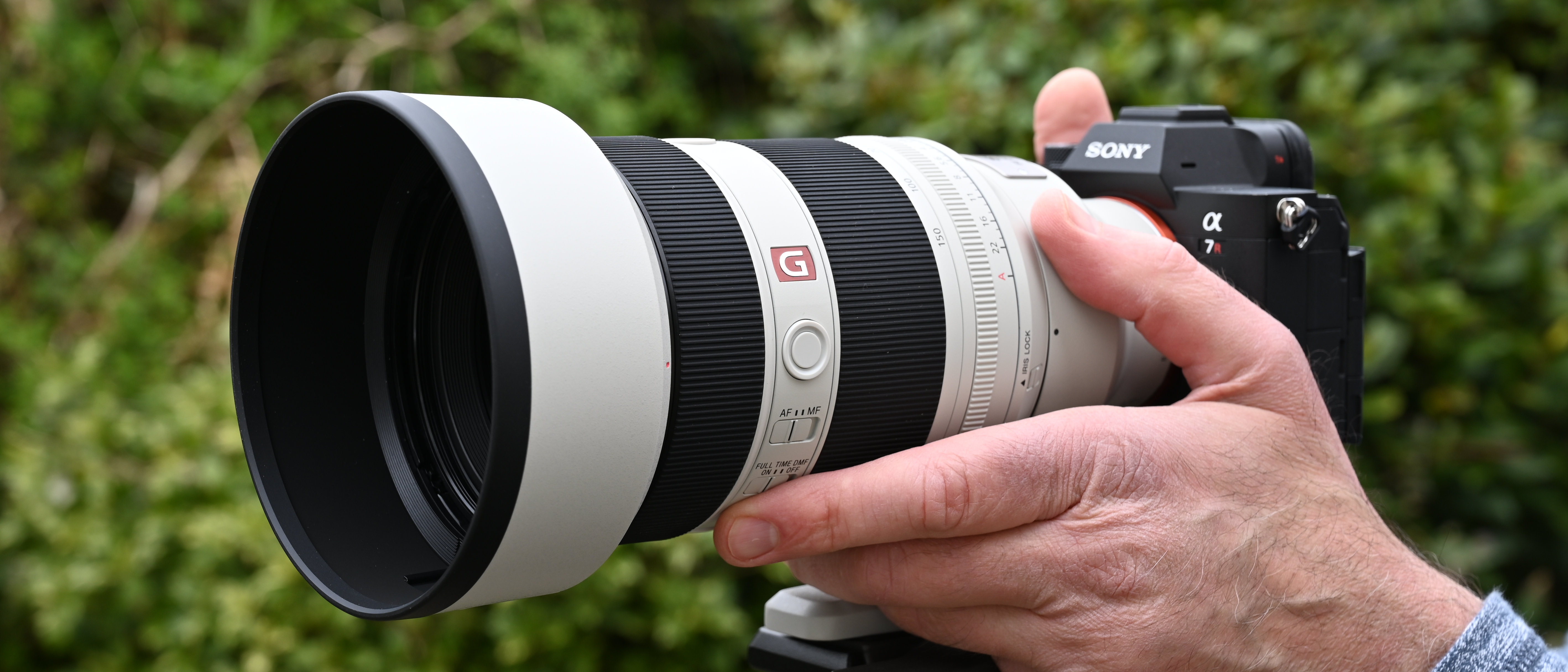Fujifilm X-T50 vs X-T5
Is the new Fujifilm X-T50 just as good as the X-T5 but smaller? Our Fujifilm X-T50 vs X-T5 head to head finds out
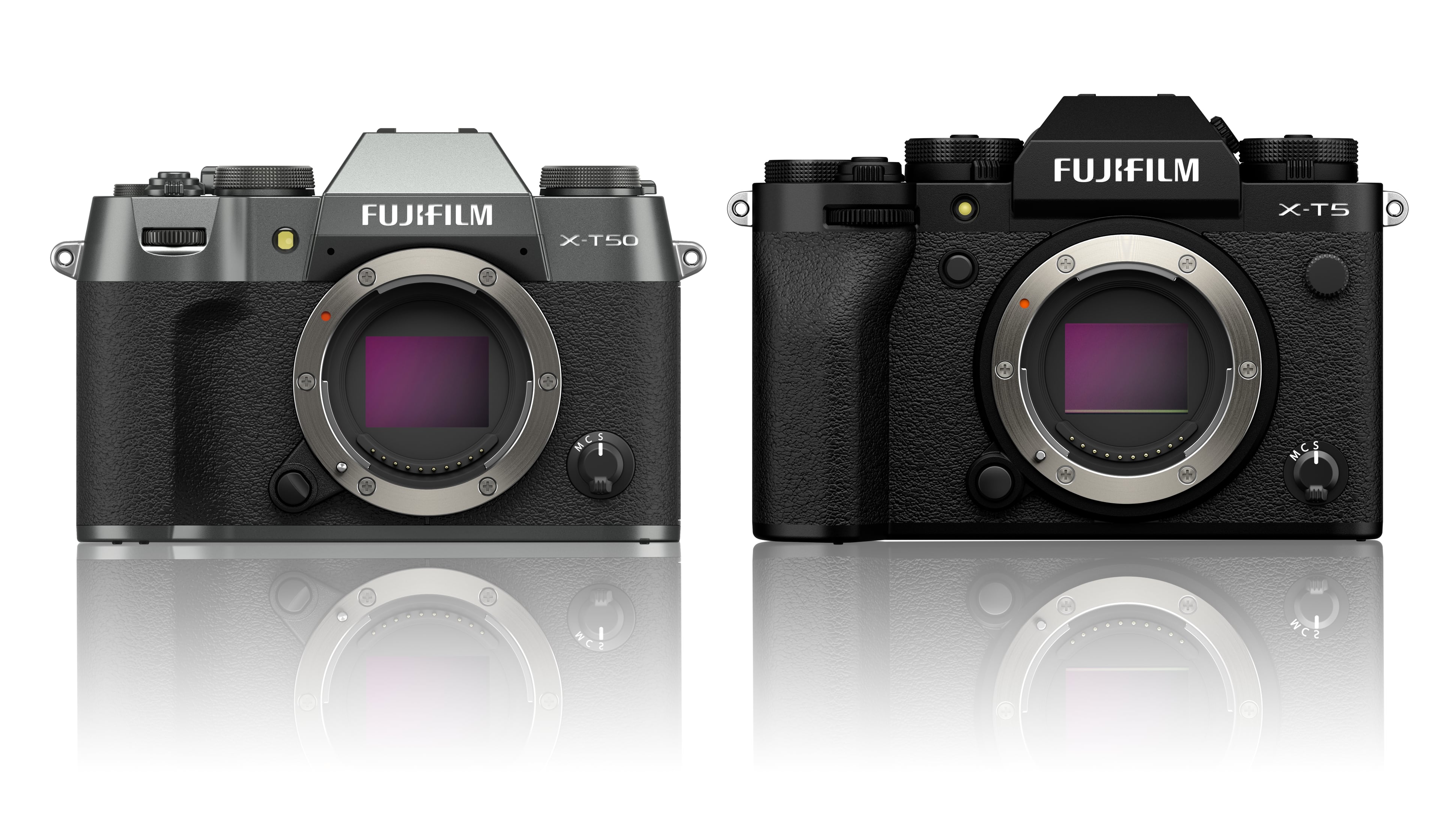
The Fujifilm X-T50 is a very welcome addition to the Fujifilm camera range. For a while it looked as if the X-T30 II might have been the last in a line of compact DSLR-style Fujifilms with old-style retro controls, but the X-T50 puts this sub-range back on the map.
For context, the double-digit X-T cameras have always been the more compact and portable smaller siblings of the flagship single-digital X-T range, and that carries through into the current models, so that while the Fujifilm X-T5 is a high-end, high-powered classically designed camera for enthusiasts and professionals, the Fujifilm X-T50 is a smaller, lighter and cheaper alternative for those who want to spend a little less and travel a little lighter.
Neither camera has much to prove. They are both immediately among the best Fujifilm cameras to buy right now, clearly among the best mirrorless cameras all-round and, thanks to their 6K video capability, amongst the best cameras for filmmaking, at least for vloggers and enthusiasts.
What's more, at first glance, the X-T50 seems to offer everything the X-T5 does, right down to its 40MP X-Trans sensor, 6K video and in-body stabilization. Are they really that similar? Our in-depth Fujifilm X-T50 vs X-T5 comparison reveals more differences than might first be apparent.
Fujifilm X-T50 vs X-T5 in 2024
Why you can trust Digital Camera World
1. Sensor
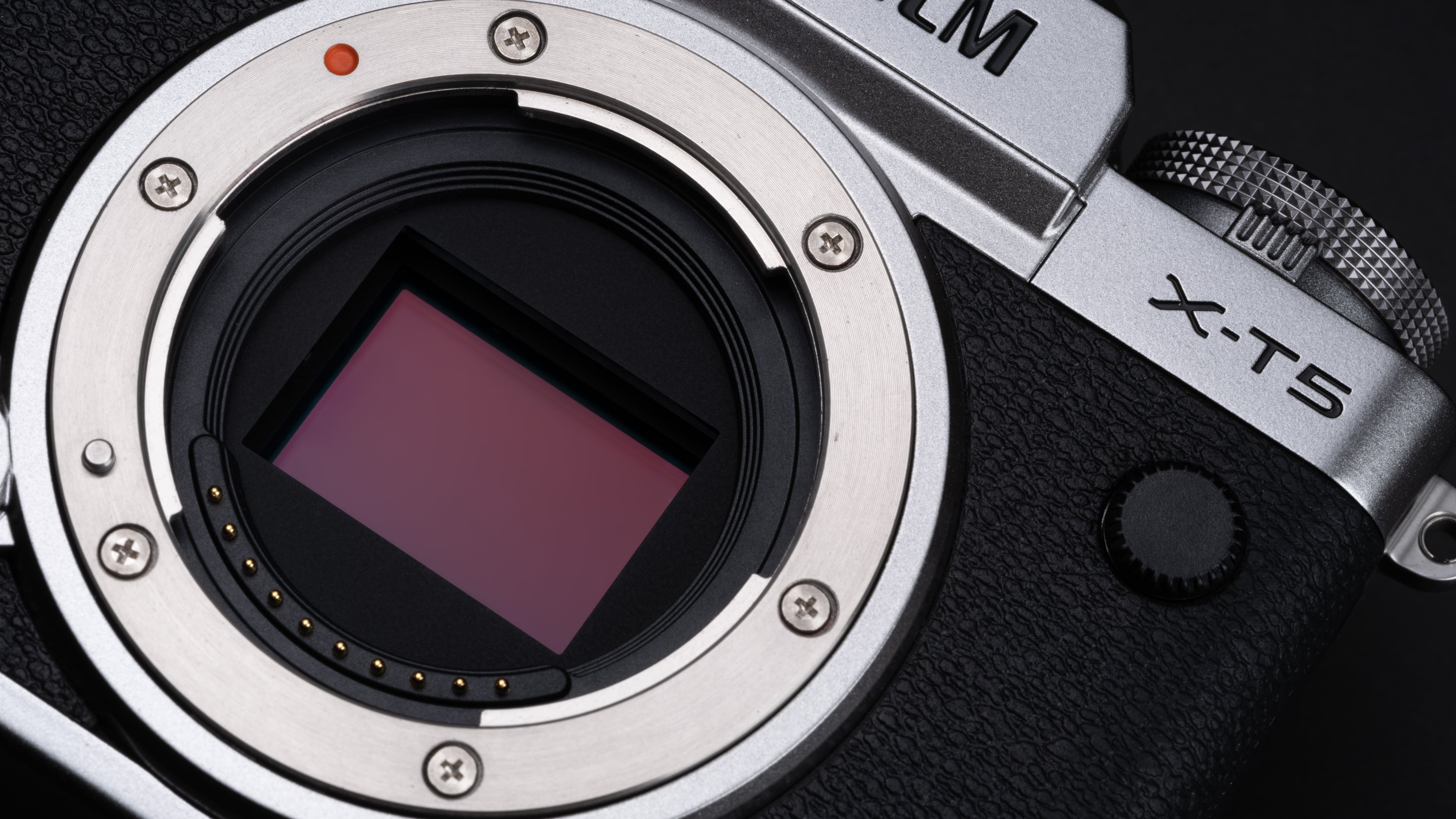
• Fujifilm X-T50: 40.2MP APS-C X-Trans CMOS 5 HR, X Processor 5
• Fujifilm X-T5: 40.2MP APS-C X-Trans CMOS 5 HR, X Processor 5
The sensor is the first thing most people look at when comparing cameras, and here there’s nothing at all to choose between these two cameras. Both use the same 40MP X-Trans sensor with Fujifilm's latest and most powerful X Processor 5 processing system. You might expect the smaller, lighter and cheaper X-T50 to be at a disadvantage here, but it’s not. There is one difference. The X-T5 supports Fujifilm’s Multi Shot Pixel Shift mode to capture 160MP high res images. The X-T50 does not have this feature – though to be fair, with 40MP on tap already, and a relatively small number of lenses able to properly exploit even this native resolution, this might not be a high priority for many users.
2. Autofocus
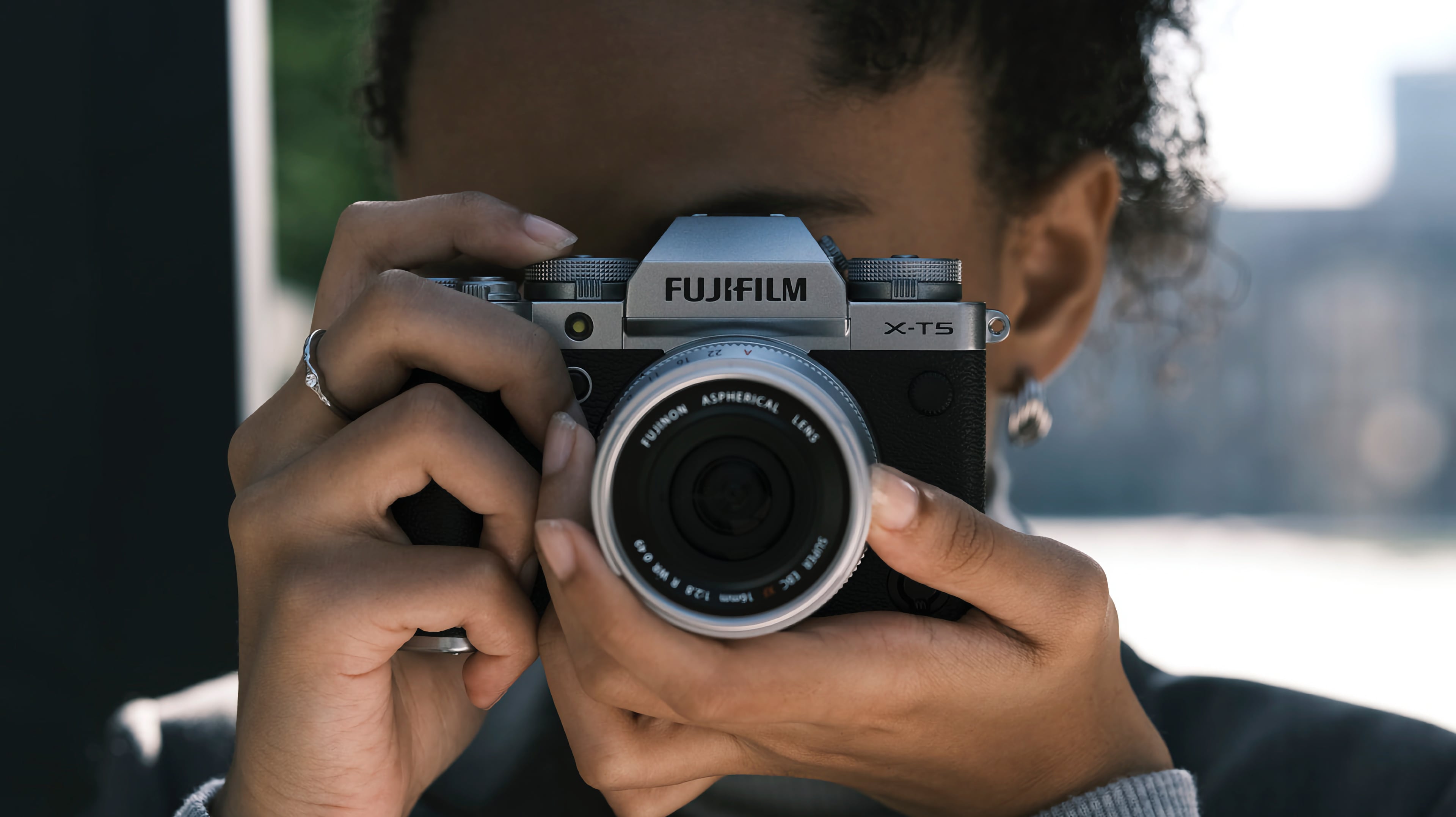
• Fujifilm X-T50: Hybrid AF with subject detection (animals, birds, cars, motorcycles, bicycles, airplanes, trains, insects, and drones), 13x9/25x17 areas
• Fujifilm X-T5: Hybrid AF with subject detection (animals, birds, cars, motorcycles, bicycles, airplanes, trains, insects, and drones), 13x9/25x17 areas
There’s no difference in the autofocus systems, either. Both cameras have the same hybrid contrast/phase detect AF system with single point, zone and wide-area AF, with single shot and continuous subject tracking AF together with automatic subject detection.
3. Video
• Fujifilm X-T50: 6.2K 30p, 4K/C4K 30p 4:2:2 10-bit, 4K/C4K 60p, F-Log/F-Log2, multiple crop factors depending on settings
• Fujifilm X-T5: 6.2K 30p, 4K/C4K 30p 4:2:2 10-bit, 4K/C4K 60p, F-Log/F-Log2, multiple crop factors depending on settings
So surely the larger camera will have an advantage for video, at least? In fact there’s no difference here, either, with both the X-T50 and X-T5 capable of 6K capture and 4K at up to 60p, and with Fujifilm’s F-Log and F-Log2 profiles included. In both cases, the high-resolution sensor brings its own complications, since it’s not straightforward to capture 4K video with what is essentially an 8K sensor, so there are some quite complicated permutations of image crops and sampling methods to navigate. Anyone serious about videography will be better off with the Fujifilm X-H2 or X-H2s. The X-T5 remains a pretty effective video tool, however, and the X-T50 is too.
4. Stabilization
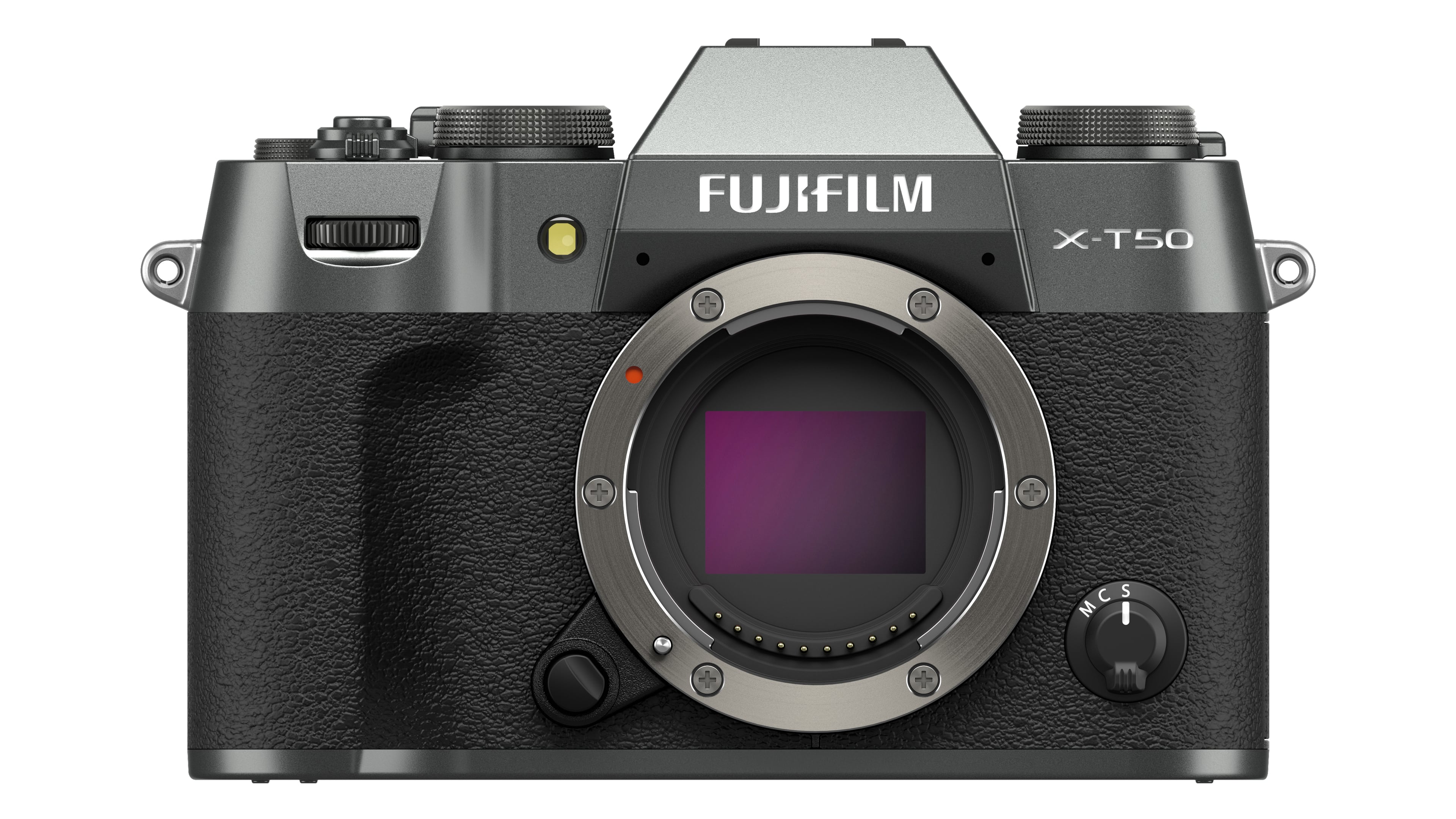
• Fujifilm X-T50: 5-axis IBIS, 7 stops compensation
• Fujifilm X-T5: 5-axis IBIS, 7 stops compensation
IBIS used to be the big differentiator in the Fujifilm range. The X-H and X-S series cameras and the X-T4/X-T5 have it, but the smaller double-digit X-T cameras never did. Until now. Fujifilm has done a remarkable job in squeezing an IBIS mechanism into the X-T50 body, and especially given that it has the same 7-stop shake compensation capability as the bigger X-T5.
5. Continuous shooting
• Fujifilm X-T50: 5fps mechanical (1000+ raw or JPEG), up to 20fps electronic shutter (with 1.29x crop) (168 JPEG, 66 compressed raw)
• Fujifilm X-T5: 15fps mechanical (39 raw or 119 JPEG), up to 20fps electronic shutter (with 1.29x crop) (168 JPEG, 72 compressed raw)
Right now, we’re struggling to find any differences at all in the capabilities of the X-T50 and X-T5, though the larger camera does have an advantage for continuous shooting. Both cameras can capture bursts of action at up to 20fps using their electronic shutters, but switching to a conventional mechanical shutter reveals a big difference – here, the X-T50 slows to just 5fps, while the X-T5 can maintain an impressive 15fps.
Though not for long. The X-T5 may be faster in these circumstances, but it’s no sports camera, as evidenced by its limited buffer capacity. At 20fps with the electronic shutter, both cameras will fill their buffers in just a few seconds. The X-T50 appears to offer much better endurance in its mechanical shutter mode, but remember that this is a much slower 5fps.
In fact, in electronic shutter mode, these cameras are pretty evenly matched for both speed and buffer capacity. So far, it may look as if we haven’t found a single reason to choose the X-T5 over the X-T50? There are several, as it happens, but they are almost all physical rather than technical differences. Most go in the X-T5’s favor, but some are advantages for the X-T50.
6. Size and weight

• Fujifilm X-T50: 123.8 x 84 x 48.8mm, 438g body only
• Fujifilm X-T5: 129.5 x 91 x 63.8mm, 557g body only
It’s clear from the figures that the X-T50 is a significantly smaller and lighter camera than the X-T5 – though this comparison could be a little misleading. That’s because the X-T5 itself is by no means a large camera, nor a heavy one. The X-T50 is smaller and lighter, but by the time you’ve added anything but the lightest of lenses, the difference may all but vanish – and you may actually prefer the bigger, more solid feel of the X-T5. The X-T5 is also weather-sealed at 56 different points, where the X-T50 has no official weather-sealing features at all – so the larger camera may prove much more resilient in harsh conditions.
7. Film simulations
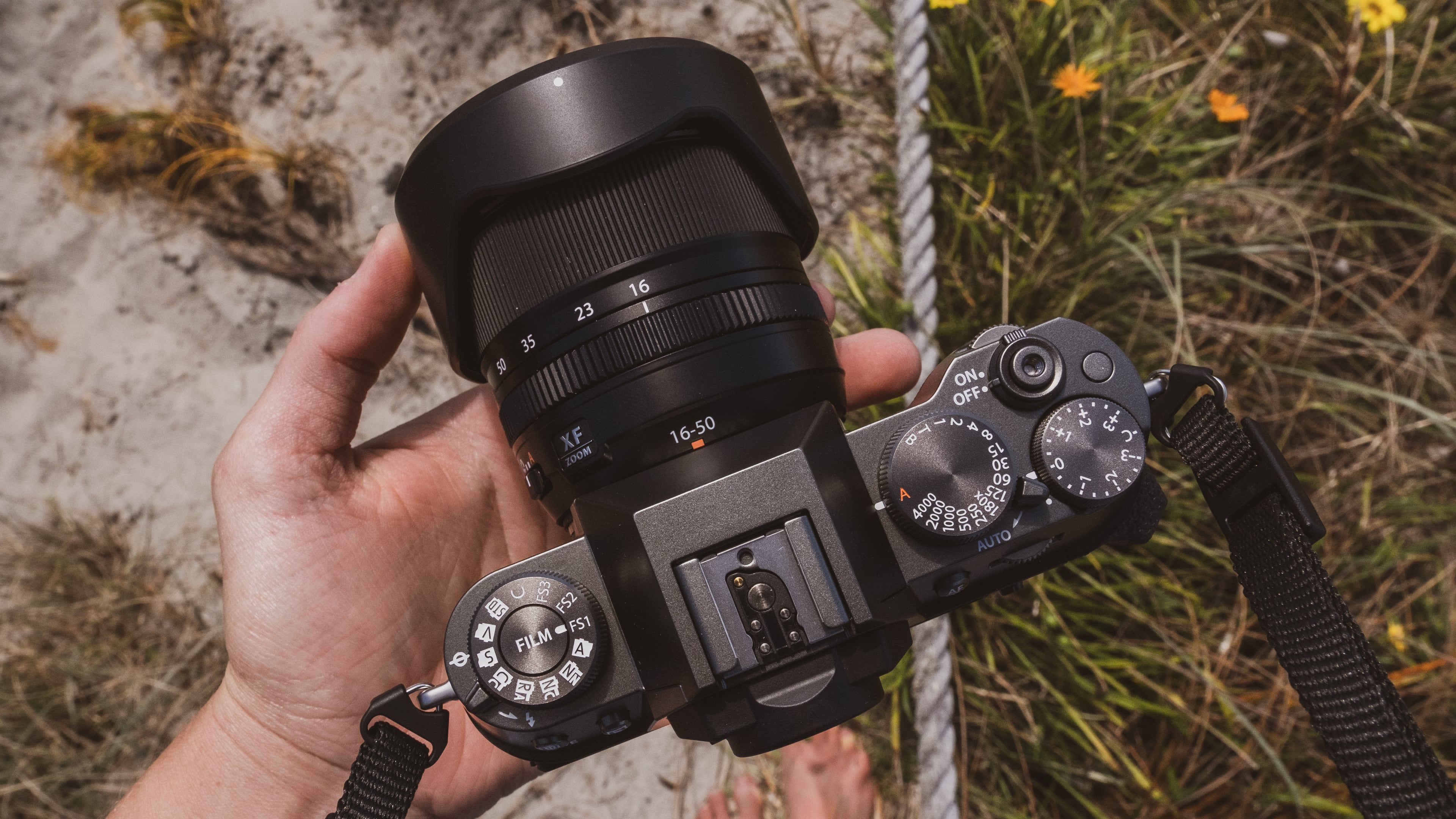
• Fujifilm X-T50: 20, set via a physical dial on the top plate
• Fujifilm X-T5: 19, set via the menus
If you’re a fan of Fujifilm Film Simulations, then you’ll love the X-T50. It adds a new Reala ACE simulation to take the total number up to 20, but that’s not the big news. For the first time, Fujifilm has added a dedicated Film Simulation dial to the camera, housed on the left side of the top plate, where the ISO dial would be on the X-T5. This makes these Film Simulations far more accessible and will encourage and enthral fans of Fujifilm’s film looks.
8. Exposure dials
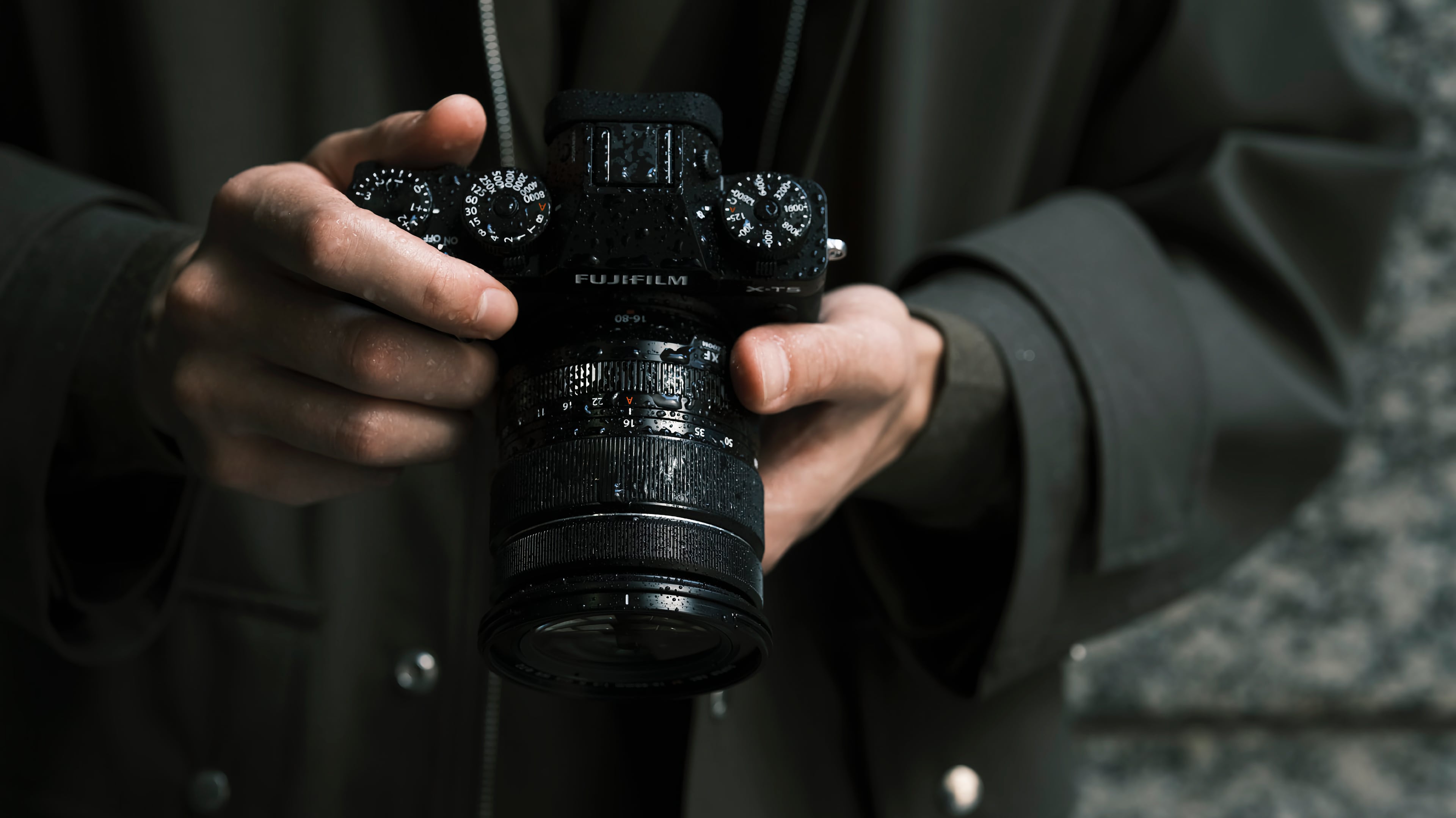
• Fujifilm X-T50: Shutter speed, EV compensation, aperture (lens dependent)
• Fujifilm X-T5: Shutter speed, EV compensation, ISO, aperture (lens dependent)
Anyone who loves the hands-on external exposure dials of Fujifilm cameras will lean towards the X-T5 because this has a physical ISO dial, while on the X-T50 you have to change ISO in the menus or set up one of the custom buttons. For anyone used to setting ISO via a digital interface anyway, this might seem like a small point, but once you’ve used an external ISO dial it’s hard to go back.
9. Displays
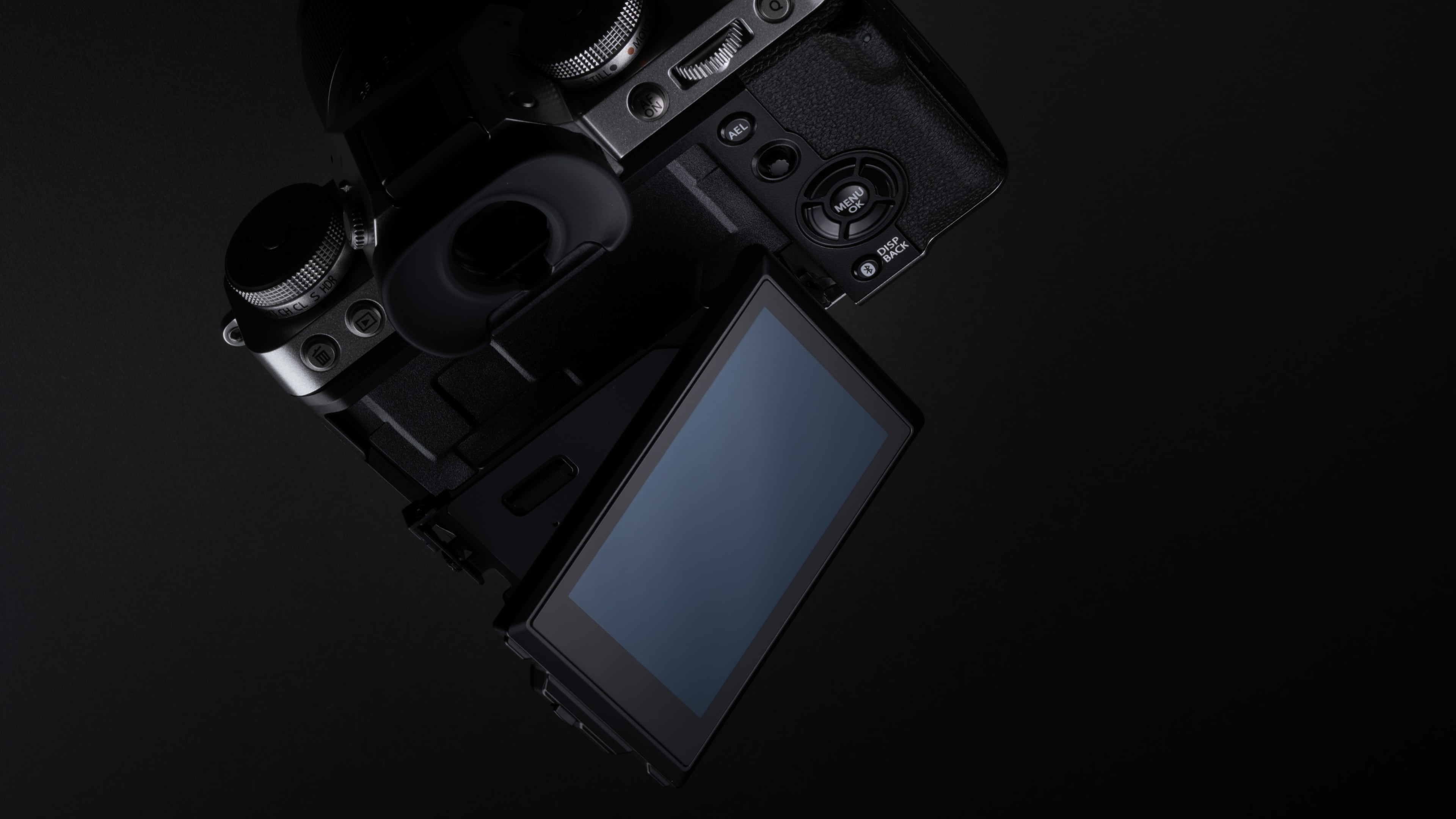
• Fujifilm X-T50: EVF 2.36m dot OLED, 100% coverage, 0.62x magnification, rear screen 3-inch 1.84m dot tilting touchscreen
• Fujifilm X-T5: EVF 3.69m dot OLED, 100% coverage, 0.8x magnification, rear screen 3-inch 1.84m dot tilt/side-tilt touchscreen
The Fujifilm X-T5 does have a better viewing system. It has a better EVF with more resolution and greater magnification, and while the rear touchscreen display is the same size and resolution on both cameras, the X-T50 offers a simple tilt mechanism, while the X-T5 adds a side-pivot for low angle shots with the camera held vertically.
10. Storage
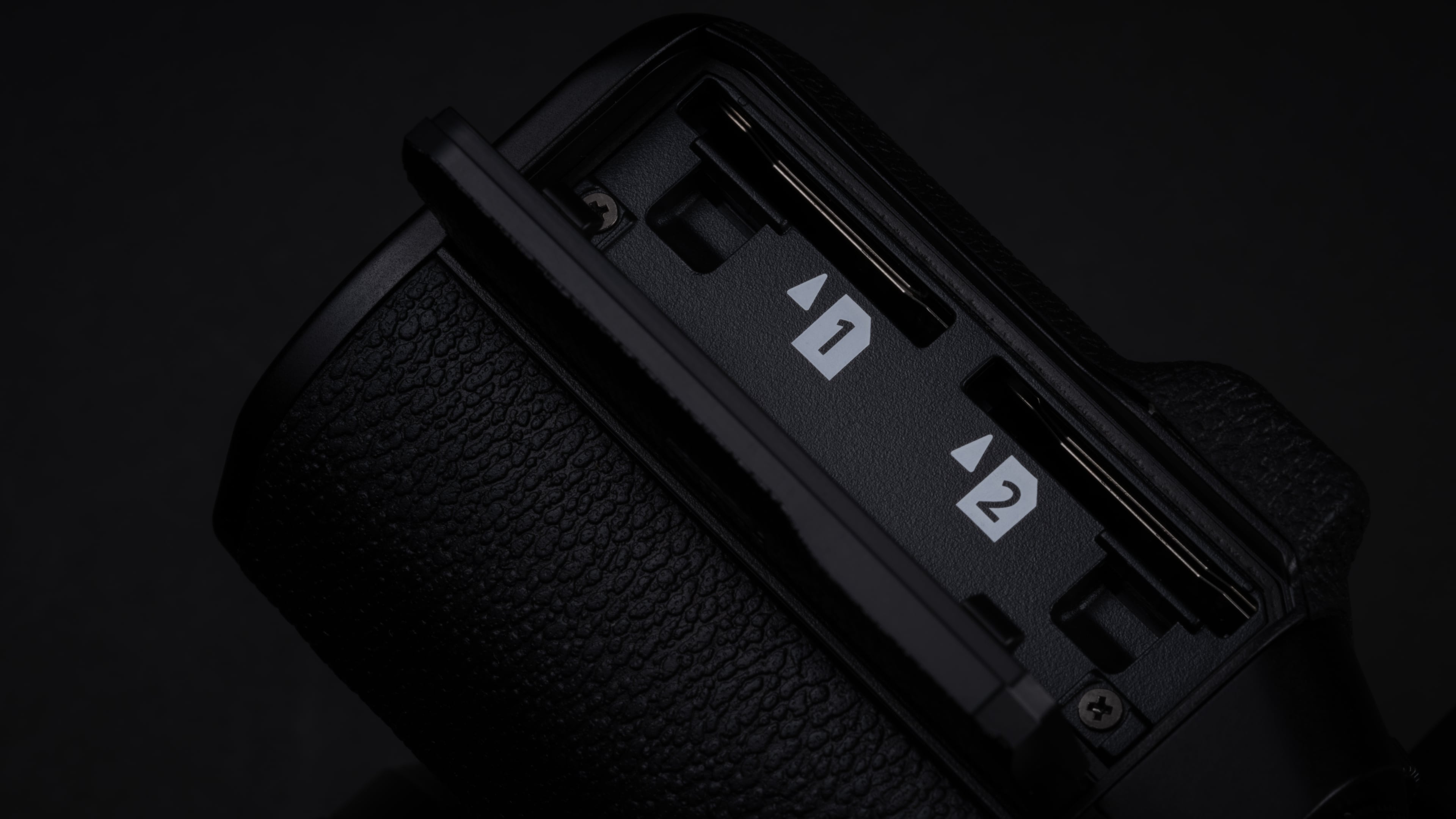
• Fujifilm X-T50: 1x SD UHS II
• Fujifilm X-T5: 2x SD UHS II
Both cameras are UHS II compatible, so neither has a speed advantage – but the X-T5 does have key operational advantages. The first is that it has two card slots not one, which offers professional users much greater security on a shoot or additional overflow capacity. The second is that the cards are accessed through a door on the side of the body on the X-T5, while on the X-T50 the card slot is alongside the battery in the base of the camera, which never feels as good a solution.
11. Power
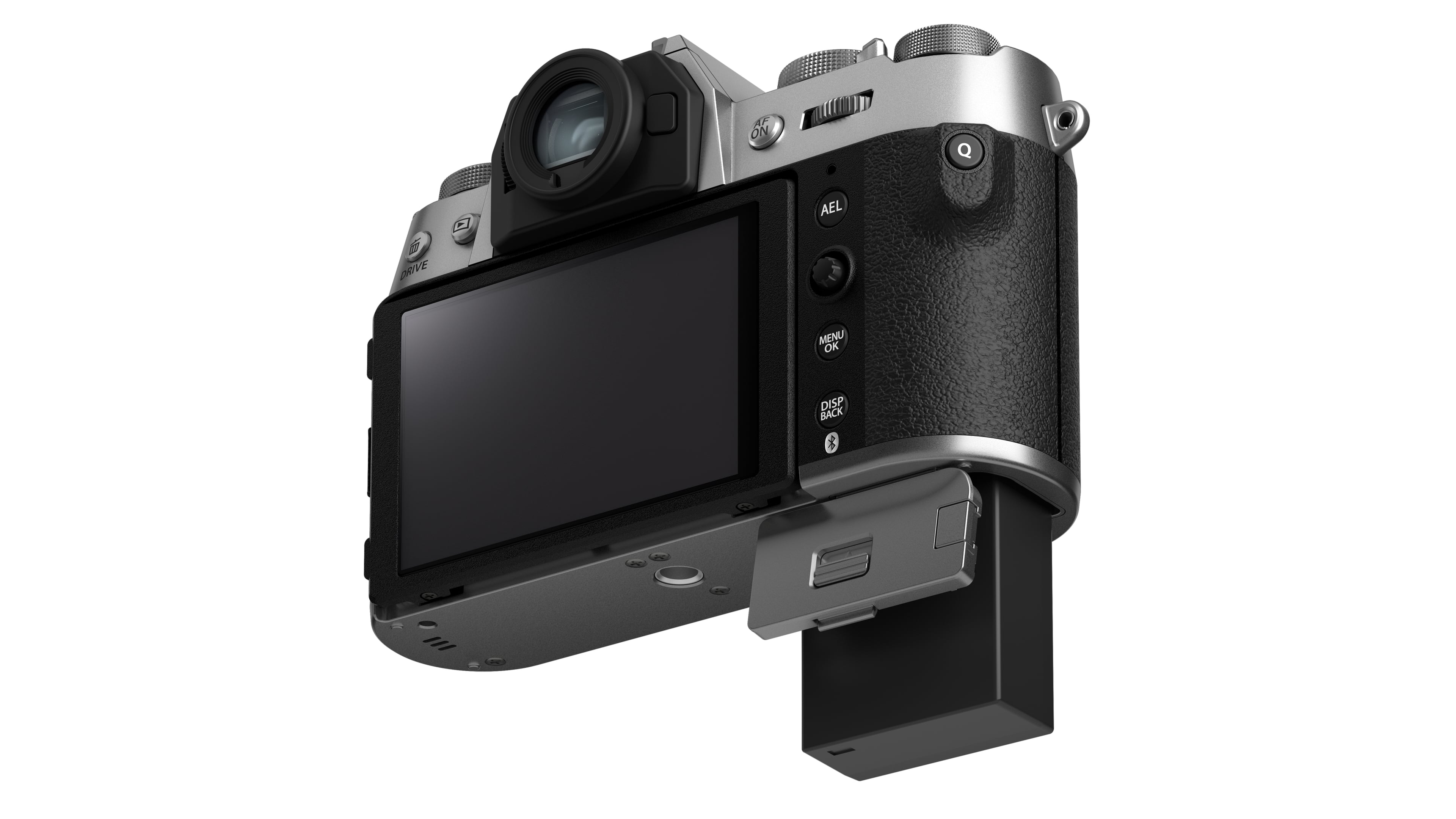
• Fujifilm X-T50: NP-W126S, 305 shots
• Fujifilm X-T5: NP-W235, 580 shots
Talking of power, this is another major plus point for the X-T5. It has a larger NP-W235 battery which offers almost twice the capacity, in numbers of shots, of the X-T50. That’s both impressive and extremely useful, especially on longer shoots where battery swapping and charging can become a nuisance.
Fujifilm X-T50 vs X-T5: conclusions

• Fujifilm X-T50: $1,399 / £1,299
• Fujifilm X-T5: $1,699 / £1,449
The Fujifilm X-T50 and X-T5 are technically all but identical, but physically they are very different. The X-T50 has the advantage of being smaller and lighter, while the X-T5 has solidity and weather-sealing. The X-T50 is all about creativity and simplicity, while the X-T5 is more of a hands-on workhorse. Novices and vloggers might prefer the style of the X-T50, but enthusiasts and experts are more likely to be swayed by the many physical advantages of the X-T5.
There’s not even a huge difference in price. In the US the X-T50 is around $300 cheaper, but in the UK the difference is only around £150 at the time of writing. At those prices, it does feel as if the X-T5 is giving you more for your money.
Get the Digital Camera World Newsletter
The best camera deals, reviews, product advice, and unmissable photography news, direct to your inbox!

Rod is an independent photography journalist and editor, and a long-standing Digital Camera World contributor, having previously worked as DCW's Group Reviews editor. Before that he has been technique editor on N-Photo, Head of Testing for the photography division and Camera Channel editor on TechRadar, as well as contributing to many other publications. He has been writing about photography technique, photo editing and digital cameras since they first appeared, and before that began his career writing about film photography. He has used and reviewed practically every interchangeable lens camera launched in the past 20 years, from entry-level DSLRs to medium format cameras, together with lenses, tripods, gimbals, light meters, camera bags and more. Rod has his own camera gear blog at fotovolo.com but also writes about photo-editing applications and techniques at lifeafterphotoshop.com
